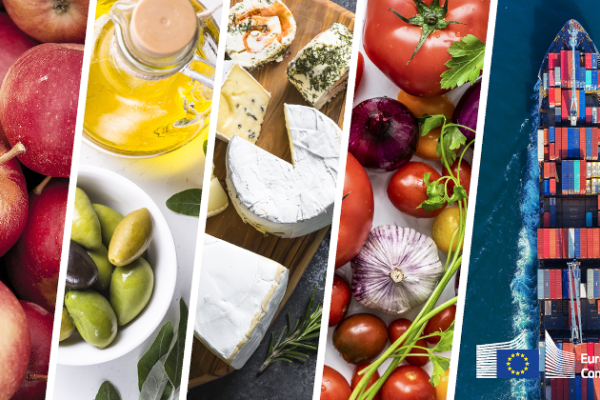Coupled income support (CIS) explained
Under the common agricultural policy (CAP), the link between the receipt of income support payments and the production of specific products has been progressively removed (‘decoupled’). This is to avoid overproduction of certain products and make sure that farmers are responding to genuine market demand.
However, in some situations a specific agricultural sector or sub-sector may be supported to address difficulties they are facing, where those sectors are important for socio-economic and/or environmental reasons.
The aim of the coupled income support (CIS) mechanism is to prevent the escalation of these difficulties by:
- improving competitiveness,
- sustainability, and/or
- quality.
The CIS mechanism is particularly appropriate in situations where the alternative could be abandonment of production, which in turn may affect other parts of the supply chain, or associated markets, and potentially increase unemployment in already economically depressed rural regions.
The support is paid per animal or hectare of the sector in question (for example coupled to production), and is subject to various important conditions and strict limits to mitigate the risk of market distortion.
CIS in practice
As a general rule (with few exceptions in duly justified cases), EU countries must not use more than 13% of their direct payment budget to grant CIS. This may however be increased by up to 2 % points in order to support the production of protein crops, given the horizontal difficulty of this sector and the substantial import dependency at EU level.
The CIS mechanism may only be granted to certain sectors specified in Regulation (EU) 2021/2115, and where the EU countries have:
- justified this form of support as part of the intervention strategy in their CAP Strategic Plans for the CAP 2023-27 period;
- justified the difficulty of each targeted sector;
- justified the longer-term aim of the support, such as improving competitiveness, quality and/or sustainability; and
- justified the socio-economic and/or environmental importance of each targeted sector.

The new CAP 2023-27 income support system includes measures to ensure a fairer distribution of financial support for farmers and workers across the EU.
EU countries should also take into account the potential impact of the support on the internal market.
The potentially eligible sectors are cereals, oilseeds (excluding confectionary sunflower seeds), protein crops including legumes and mixtures of legumes and grasses, flax, hemp, rice, nuts, starch potatoes, milk and milk products, seeds, sheep meat and goat meat, beef and veal, olive oil and table olives, silkworms, dried fodder, hops, sugar beet, cane and chicory roots, fruit and vegetables and short rotation coppice.
All EU countries, except the Netherlands, decided to provide CIS to certain sectors in 2023-27. The amount of funding and the range of sectors covered however vary greatly between countries.
Coupled support in 2014-22: Voluntary coupled support (VCS)
It was possible to grant coupled support to farmers during the previous 2014-22 programming period. The documents below give a overview of EU countries’ support decisions.
Related links
Why income support to farmers is important, different schemes for direct payments.


